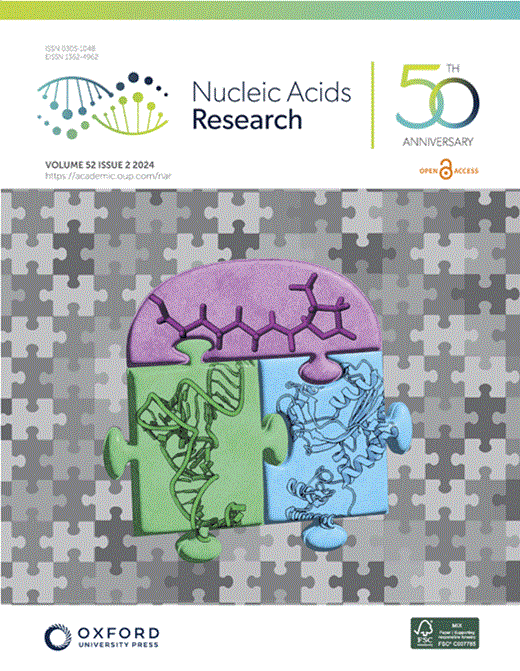Spatiotemporal dynamics of protamine–DNA condensation revealed by high-speed atomic force microscopy
IF 16.6
2区 生物学
Q1 BIOCHEMISTRY & MOLECULAR BIOLOGY
引用次数: 0
Abstract
Protamines (PRMs) play a crucial role in sperm chromatin condensation, replacing histones to form nucleo–PRM structures, specifically PRM–DNA complexes. Despite their importance in reproduction, the detailed mechanisms underlying PRM-mediated DNA condensation have remained elusive. In this study, we employed high-speed atomic force microscopy (HS-AFM) to directly visualize the real-time binding dynamics of PRM to DNA under physiological conditions. Our HS-AFM observations reveal that PRM insertion initiating the formation of DNA coils. Further, we observed a heterogeneous spatial distribution of PRM-induced DNA looping. With continuous PRM addition, DNA progresses through a series of folding transitions, forming coiled-like structures that evolve into clockwise spirals, rod-shaped intermediates, and ultimately toroid-like nanostructures. Based on these real-time observations, we propose the CARD (Coil-Assembly-Rod-Doughnut) model to describe the stepwise process of toroid formation during DNA condensation. Our findings underscore the versatility of HS-AFM in capturing the spatiotemporal dynamics of PRM–DNA interactions and provide critical insights into the molecular mechanisms driving PRM-induced chromatin compaction. This study advances our understanding of sperm chromatin architecture and offers a framework for future research into chromatin organization, reproductive biology, and nucleic acid therapeutics.求助全文
约1分钟内获得全文
求助全文
来源期刊

Nucleic Acids Research
生物-生化与分子生物学
CiteScore
27.10
自引率
4.70%
发文量
1057
审稿时长
2 months
期刊介绍:
Nucleic Acids Research (NAR) is a scientific journal that publishes research on various aspects of nucleic acids and proteins involved in nucleic acid metabolism and interactions. It covers areas such as chemistry and synthetic biology, computational biology, gene regulation, chromatin and epigenetics, genome integrity, repair and replication, genomics, molecular biology, nucleic acid enzymes, RNA, and structural biology. The journal also includes a Survey and Summary section for brief reviews. Additionally, each year, the first issue is dedicated to biological databases, and an issue in July focuses on web-based software resources for the biological community. Nucleic Acids Research is indexed by several services including Abstracts on Hygiene and Communicable Diseases, Animal Breeding Abstracts, Agricultural Engineering Abstracts, Agbiotech News and Information, BIOSIS Previews, CAB Abstracts, and EMBASE.
 求助内容:
求助内容: 应助结果提醒方式:
应助结果提醒方式:


